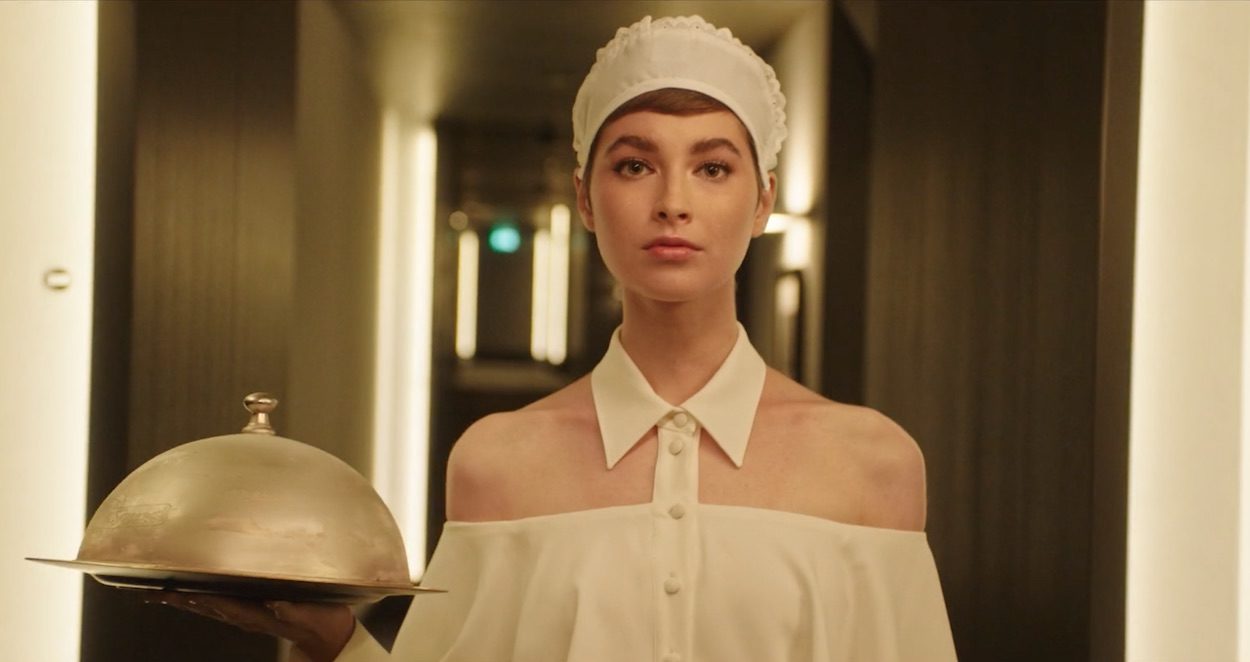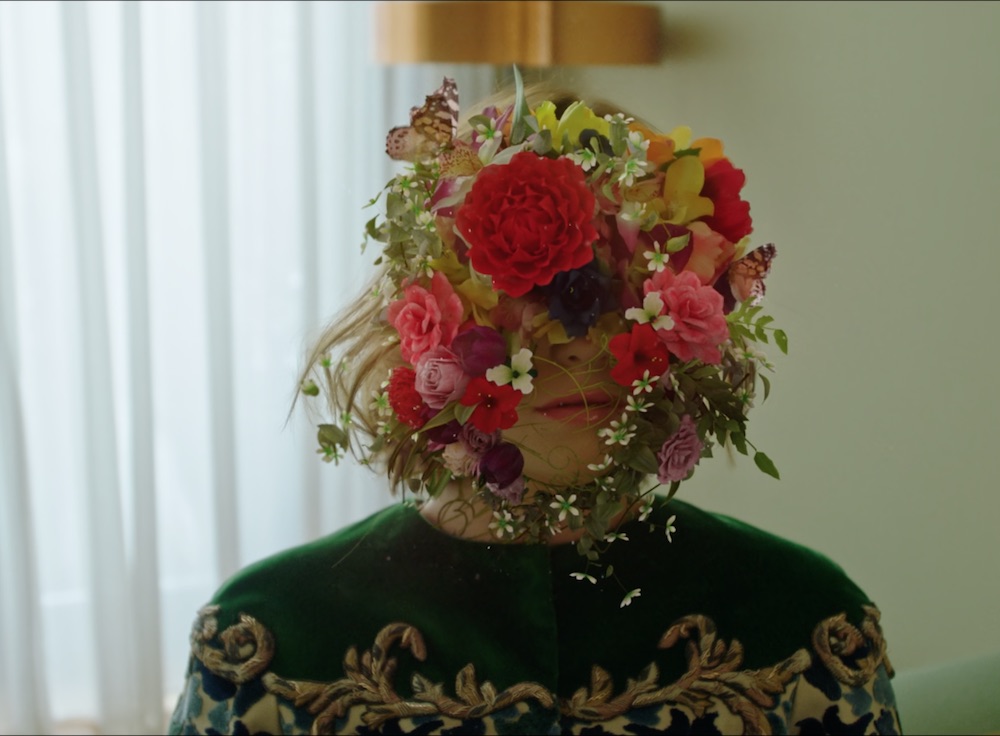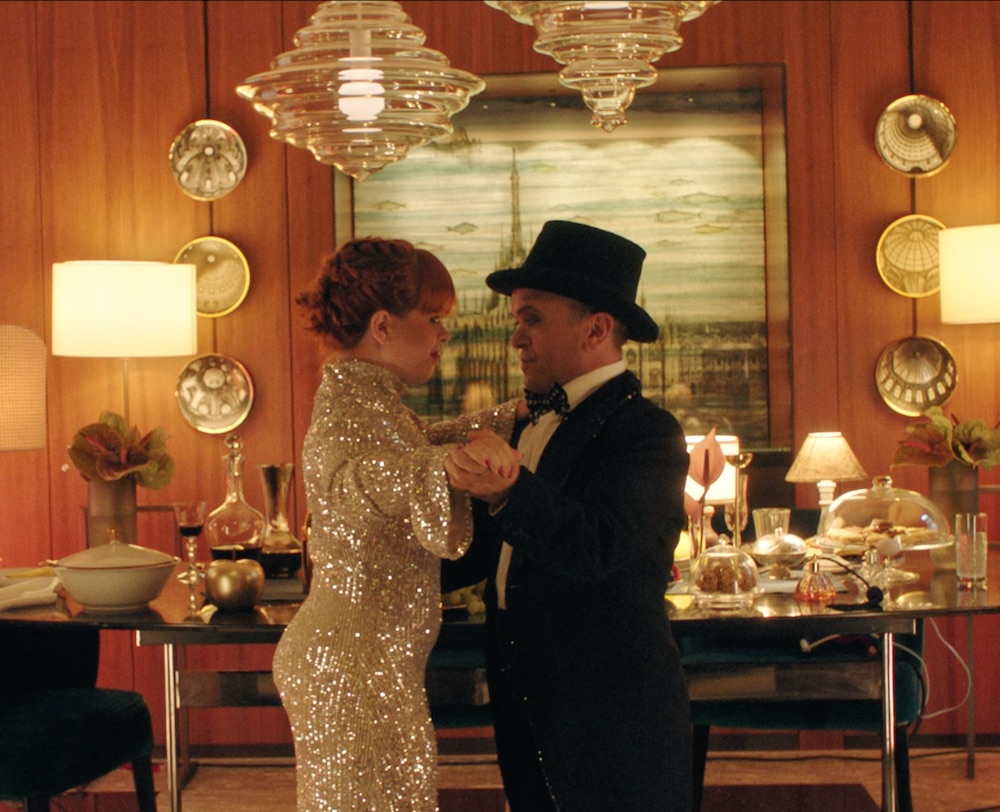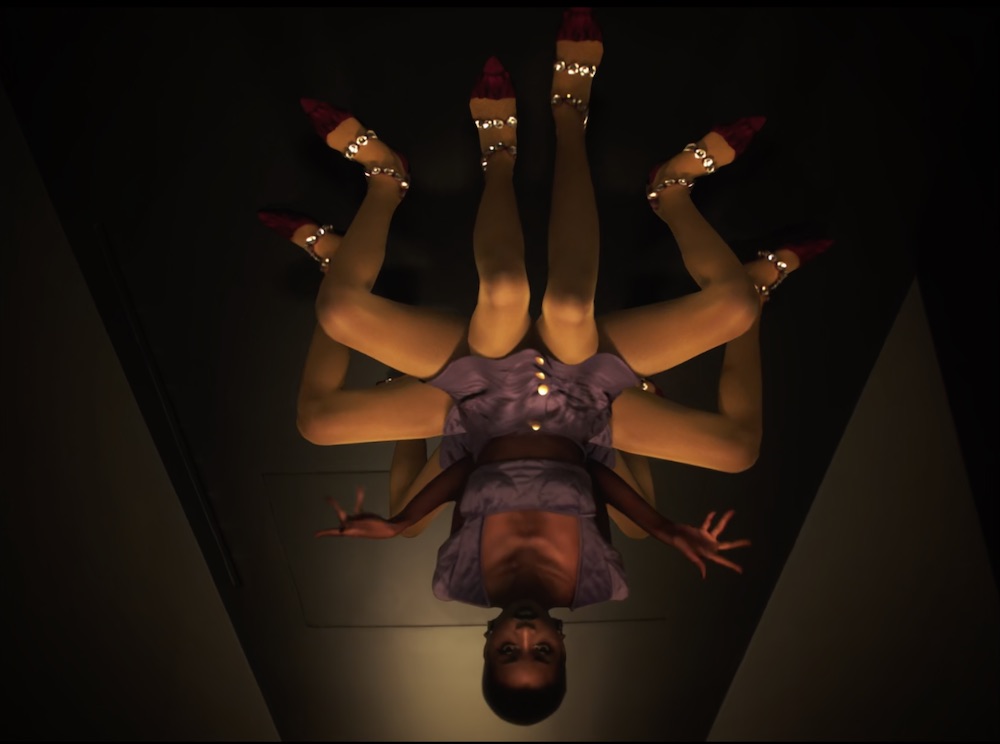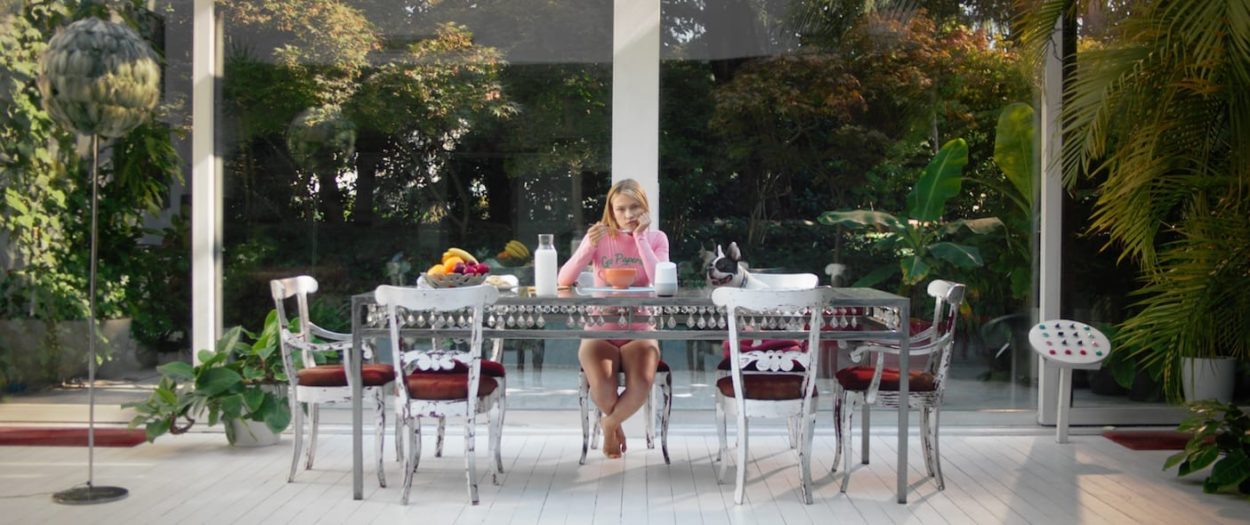The Blink Fish has become the go-to point for the National Chamber of Italian Fashion when it comes to creating fashion films to celebrate Milan Fashion Week. Can you tell us more about how this collaboration has developed over the years?
We have been particularly fortunate with CNMI – they’ve trusted us from the very beginning and have been willing and open enough to take risks and reshape the way they communicate with their audience. Right from the start we’ve aimed to include a strong narrative component in our work with them, as this part of The Blink Fish’s DNA, but it has taken us a few years to get to where we are at now. Hotel MFW is probably our most “controversial” work for them – what I mean is that this is the first time that we’ve been able to go a bit deeper, look at what CNMI stands for and interpret it in our way.
Hotel MFW champions inclusion, diversity and uniqueness, values strongly promoted by the Camera Nazionale della Moda Italiana. What was the creative process in translating them into visual language?
Fashion films come with their own set of rules, parameters and do’s and don’ts. It’s a genre that is generally associated with superficial and vacuous content, in which the story plays a secondary role and the way it looks is everything. What’s hard is being able to maintain that aesthetic, while addressing topics of a certain cultural relevance in an authentic manner.
With Hotel MFW for example we decided to focus on marvellous and wonderful characters. We had a very short timeframe to work with, so that seemed to be the approach that made most sense. We only see each of them for a few seconds, but they are so remarkable and proud of who they are that as a viewer you can’t help but want to learn more about them.
In deciding which characters to include you must have gone through quite an extensive list. What was the creative journey in getting to these characters? How did you decide which of them made the cut and which ones didn’t?
The initial list of characters was quite long. We were looking for a healthy mix of real and fictional/magical creatures. But eventually, with much regret, we had to rule out some of them in order for the real and surreal to be balanced. For each character we shaped their personality according to their gestures and actions. Naturally, we had to work alongside our client in order to find the direction that could work with the story of the film, as well as its claim (proud to be a freak). In hasn’t been easy, as to begin with our vision was slightly different, perhaps slightly more racey compared to our final version, but eventually we were able to find a compromise.
On a more general note, what is the current state of fashion film? And where is it heading? Can you share with us any upcoming fashion-related projects you are working on?
Fashion films are moving away from just focusing on their aesthetic, opting for narrative and, more importantly, a stronger meaning or message. If the trend in advertising is to produce shorter and shorter content, fashion films are moving in the opposite direction; we are gearing towards longer and more comprehensive pieces capable of leaving the viewer with something valuable.
